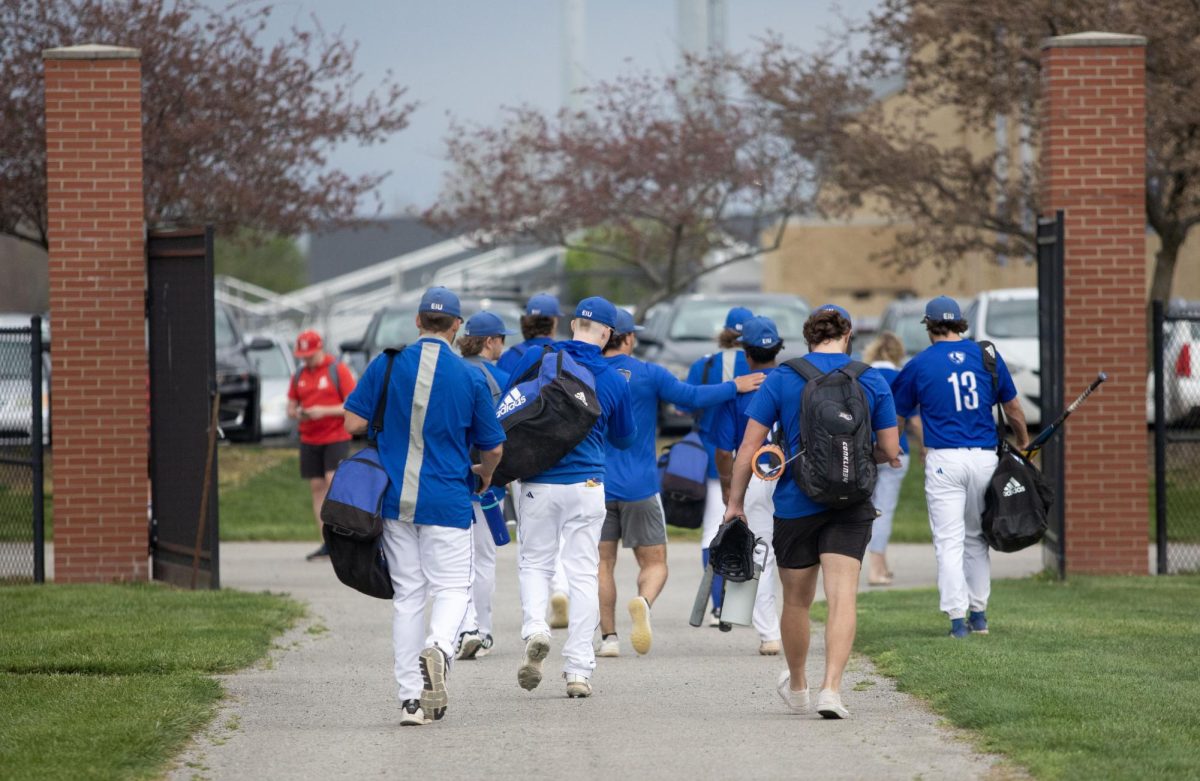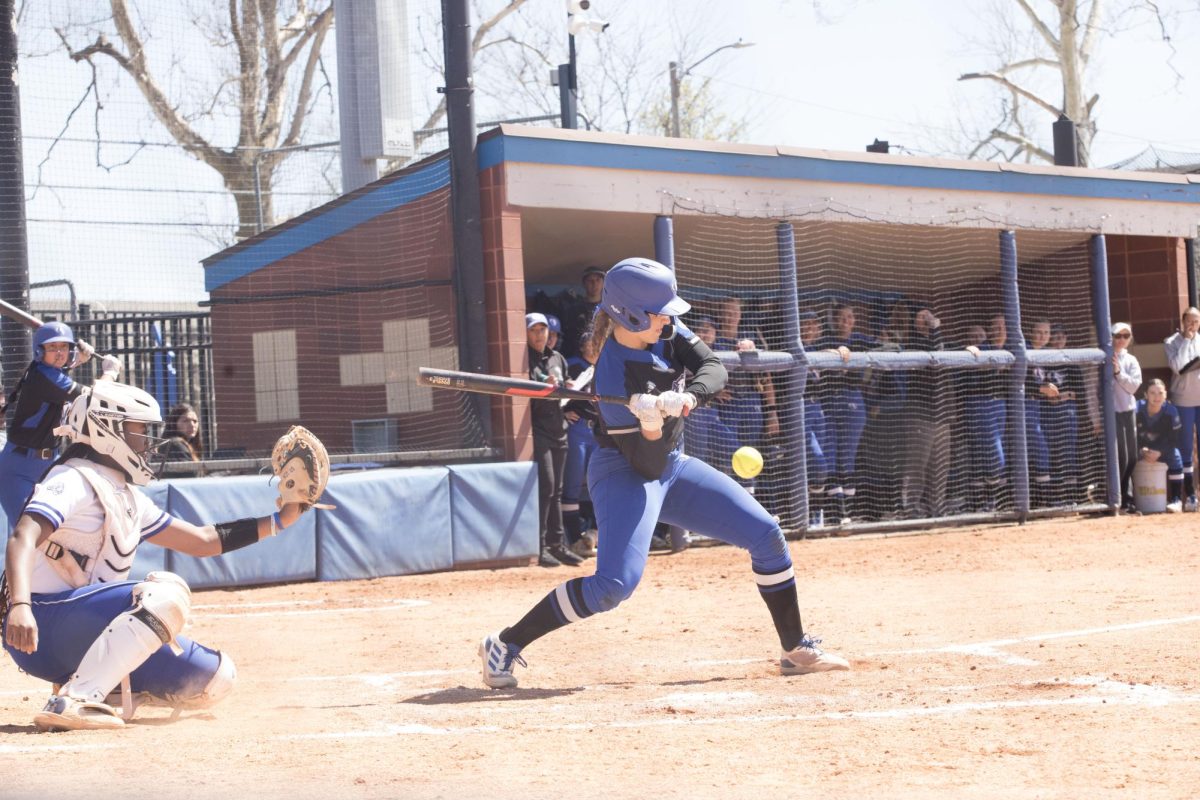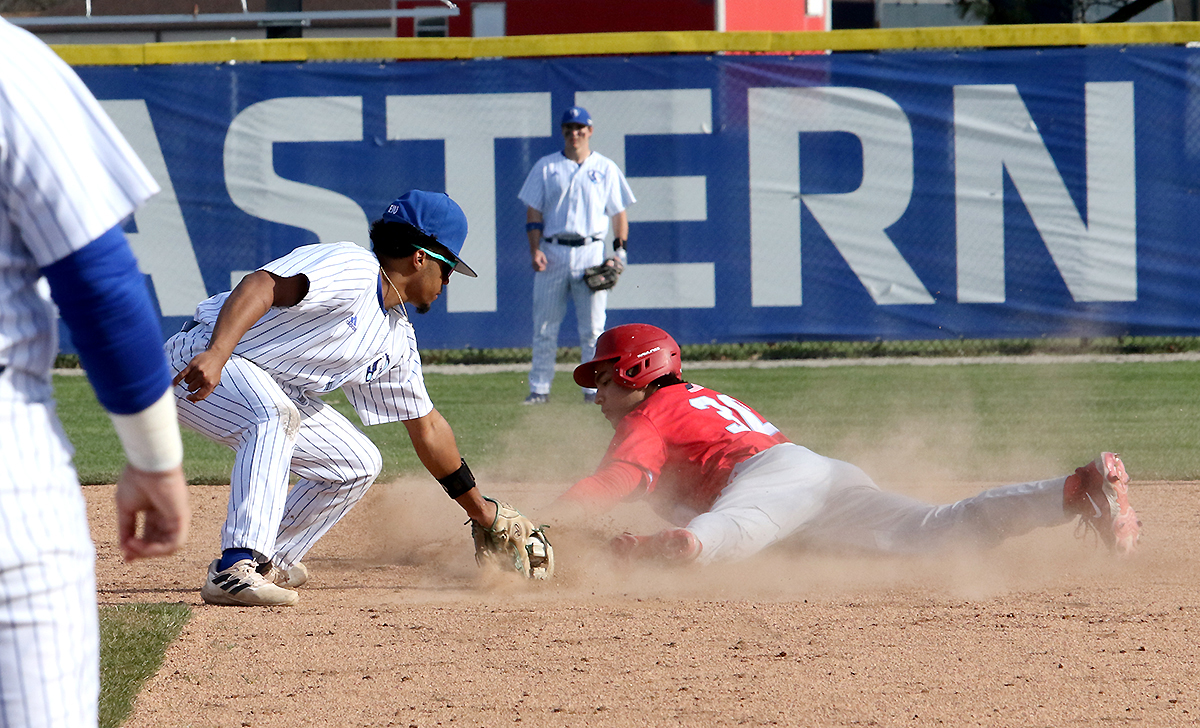The day the ground shook
Diane Burns thought an earthquake happening anywhere in the Midwest would be a fairly rare occurrence, but knew the possibility of one happening near Illinois still existed.
The New Madrid Seismic Zone, located in the Mississippi Valley, does not extend too far, Burns said, but if a rupture occurs within the fault system, people far from the seismic zone still could feel the affects.
“I was surprised because earthquakes are not normal for the central part of the North American plate,” said Burns, an assistant professor in the geology and geography department.
An earthquake that registered at 5.2 on the Richter Magnitude Scale shook central Illinois around 4:30 a.m. Friday. The epicenter of the quake was near Bellmont.
Burns said earthquakes are not as normal in Illinois because the state is far away from plate boundaries that are subject to such activity.
“But we can still have earthquakes because we live on the earth,” she said. “They have happened here in the past – infrequently – and will happen in the future, infrequently.”
An aftershock, which reached 4.6 on the scale, was felt around 10:15 a.m.
Burns, who woke up around 4:30 a.m. to her bed shaking, initially thought the earthquake was a train because she lives near train tracks and one usually passes through around 4:30 a.m.
“I have lived in California and experienced many earthquakes first-hand, but I never thought I’d experience one in Illinois,” she said.
The new Madrid zone is one of the most active areas between the boundaries of the United States, Burns said, but is not at a plate boundary so it isn’t prone to daily activity.
Other states such as Georgia and Florida reported feeling the earthquake. Burns said earthquakes can either be near the earth’s surface or deeper in the earth’s surface.
The earthquake will have different effects depending on the depth of the quake, she said.
The one that occurred on Friday was about three miles underground.
“(Quakes) that are more shallow are felt more regionally because the energy is propagated along the surface and not disseminated underground,” she said.
Burns said she saw no evidence to suggest that earthquakes will increase in frequency in the Illinois area.
“This is a natural occurrence,” Burns said. “It’s going to happen every so often and there is no reason to worry overtime on this.”
No damage locally
No reports of damage or injury have been filed in Coles County, said Tom Watson, director of the Coles County Emergency Management Agency.
“The 911 Center received over 100 calls immediately following the earthquake,” Watson said.
Dan Nadler, vice president for student affairs, said no reported damage or injuries were recorded following the earthquake. Nadler said the university was conducting assessments as a precautionary measure.
“We have a variety of emergency management response contingency plans, sections of which cover earthquakes, severe weather, and the like,” Nadler said.
As a precautionary measure, the city did a complete check of all their systems, including water and sewer, said city manager Scott Smith.
“There are no failures in any of our facilities,” he said.
April 18 was also the 102th anniversary of the Great San Francisco Earthquake.
The quake struck at 5:12 a.m. on April 18, 1906 and was an estimated 7.8 on the Richter Scale. More than 3,000 citizens were killed and over 200,000 of the city’s population was left homeless.
– News Editor Nora Maberry and City Editor Matt Hopf contributed to this report.
Stephen Di Benedetto can be reached at 581-7942 or at sdibenedetto@eiu.edu.





































































